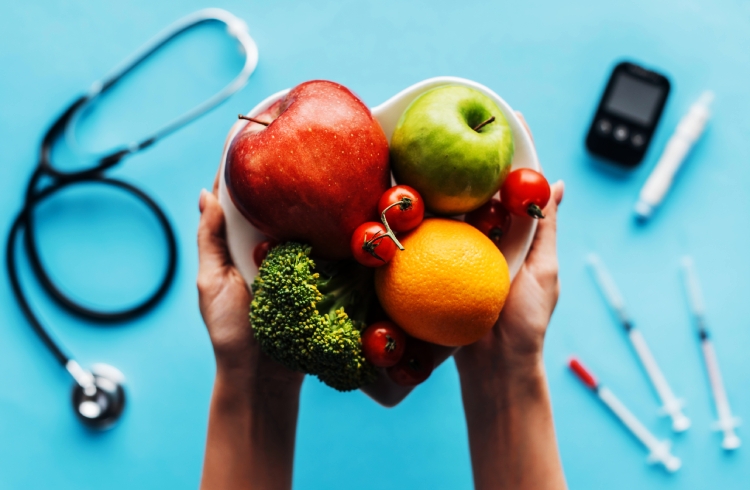The main sources and consequences of vitamin D lack
02/12/2020
Vitamin D is unique among vitamins, as it has the characteristics of a hormone and can be produced in the skin from sunlight.More in-depth studies have recently concluded that this micronutrient has special features that prove to be a hormone and not a vitamin, because our body the vitamin D regulates some essential functions.
As a regulator, vitamin D is mainly recognized for being involved in the bone formation process, being essential for the strengthening of bones. Recently, it was discovered that it is involved in several other functions of our organism such as the immune system, in controlling blood pressure, in preventing the formation of cancer cells, in processes related to the individual's fertility, in controlling insulin production, and even in the growth of cells and brain functions. What is vitamin D forIt is a very important nutrient for the body, it guarantees its good general functioning and is involved in our skeletal mechanism. Vitamin D and bones Diabetes prevention Cardiovascular health Immune system Sources of Vitamin DAbout 10% to 20% of the vitamin D needed by our body comes from animal foods such as tuna, salmon, eggs, liver, and sardines.. The remaining 80% of this vitamin comes from ultra violet B rays from sunlight. Some precautions to take with the sun are to avoid exposure between 10 am and 4 pm, and also the larger the exposed surface, the greater the amount of vitamin D to be absorbed and the sun must be caught directly on the skin. Our ability to absorb ultra violet rays varies with skin tone, individuals with darker skin absorb less UVB, and those with a lighter shade absorb more. With age, our skin's ability to absorb vitamin D reduces, also reducing our amount of vitamin D from the sun. The people most at risk for vitamin D deficiency are pregnant women, the obese, and the elderly. Another source of vitamin D is supplements made in the laboratory in the form of pills. Always pay attention, as the reduction of vitamin D in our body must be identified by a professional through correct diagnostic means. Taking excessive doses of vitamin D can cause hypercalcemia, which is the excess of calcium in our body with consequences for our kidneys and heart. Vitamin D and COVID-19For our body to be able to produce vitamin D, it is necessary to catch sunlight, and the recommendations in cases of contamination by COVID-19 are confinement and social isolation, which can reduce the amounts of this vitamin in these people. The lack of vitamin D in people with the disease, reduces the body's ability to fight the virus, lowers immunity, and we are more susceptible to other diseases. |



